The killers underground
Landmines continue killing and maiming the innocent in the tribal belt
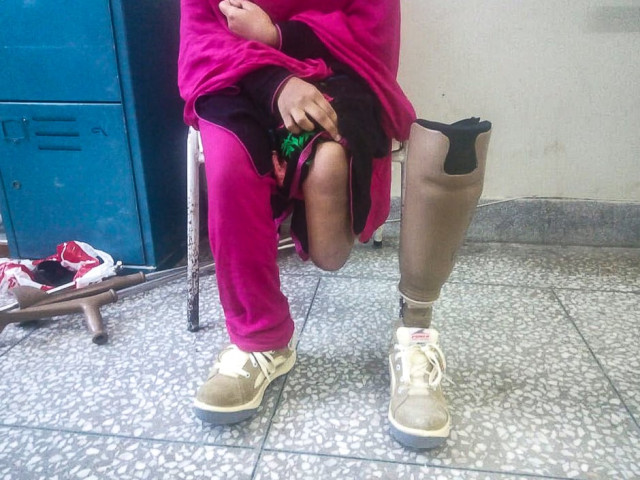
A female victim of a landmine blast. PHOTO: EXPRESS
This was the story of 27-old Sher Mohammad, a resident of Khat Kalli in. He is now 35 and a father of seven. Waiting for his turn at the Pakistan Institute of Prosthetic and Orthotic Sciences (PIPOS) in Peshawar, he hopes that once he is comfortable with his new prosthetics, he will finally be able to earn for his family of nine.
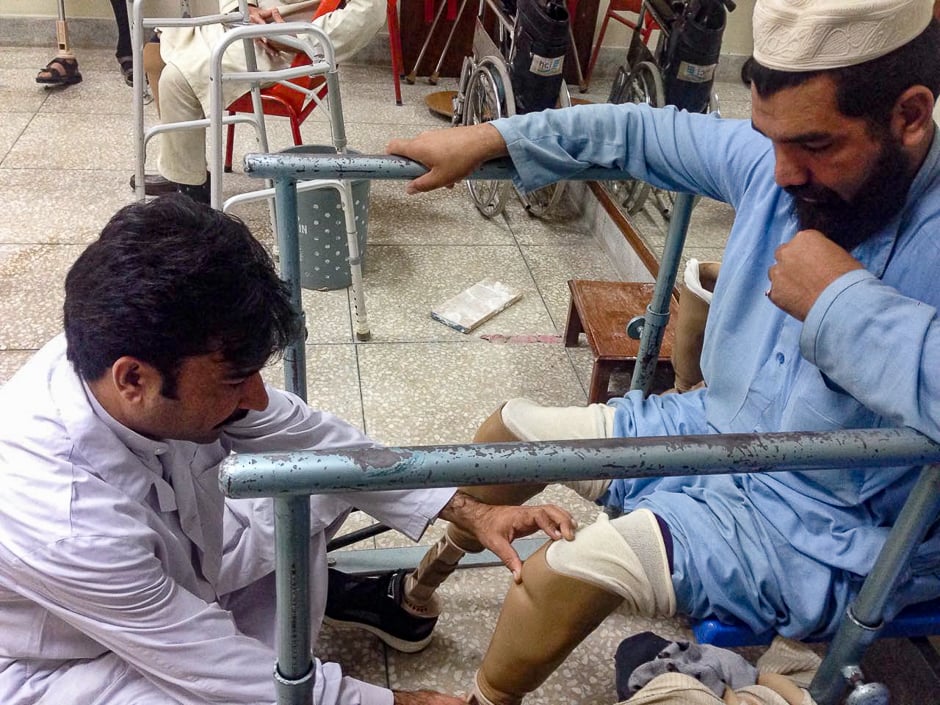
“We tribal people are the most ill-fated on the face of the earth. If we’re fortunate enough to remain safe amid bomb blasts, militancy, and landmines, poverty gets to kill us before our time,” Sher Mohammad said.
14 killed as passenger van hits landmine in Kurram Agency
When The Express Tribune asked him about his family, tears rolled down his eyes. He had not earned a single penny in the last seven years. The nine of them were surviving because his wife and children work and they received help from the locals in his community.
Dr Rauf Afridi, a staff member at PIPOS, said there are still thousands of applicants waiting for prosthetics. Most of them are minors who have lost arms, feet or legs in landmine blasts in the Fedrally Administered Tribal Areas (Fata).

“60 per cent of the mine blast victims are civilians – mostly children and senior citizens. The other 40% are military personnel,” Afridi said.
Sher Mohammad’s is just one story among hundreds others who have suffered similar – if not entirely fatal – tragedies due to the neglect shown towards live landmines. State indifference towards the victims of mine blasts is only making matters worse. Less than week back, a child in South Waziristan lost his life to a landmine, while two other minors were grievously injured.
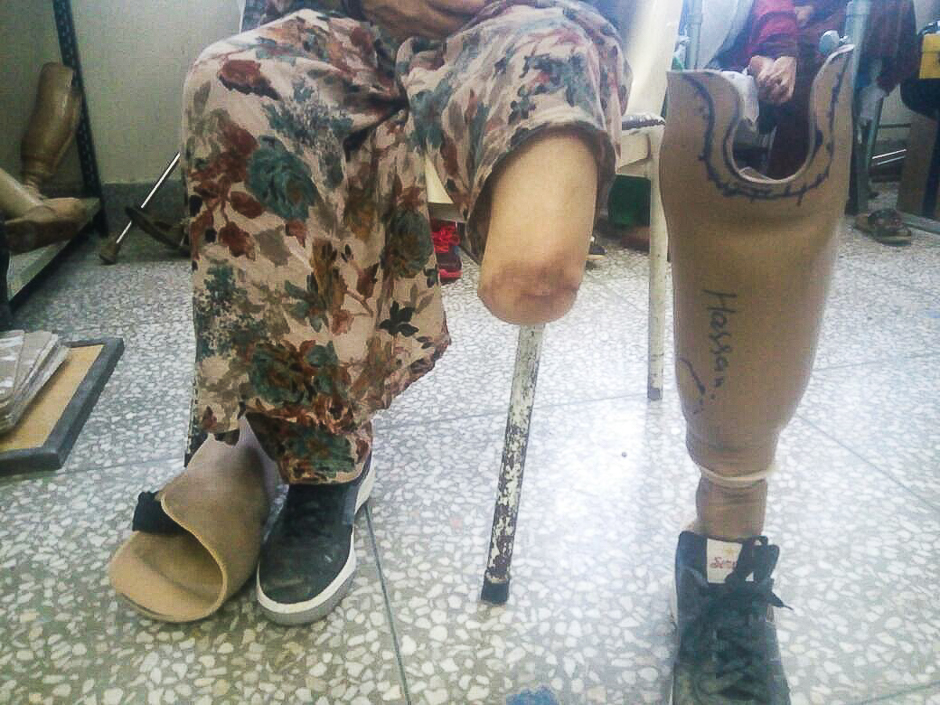
Monitoring reports
Two organisations are working in Khyber-Pakhtunkhwa (KP), Fata, and Balochistan for landmine eradication and awareness – International Committee of the Red Cross (ICRC), and Sustainable Peace and Development Organisation (SPADO).
K-P, Fata, and Balochistan continued to have the highest numbers of mine casualties in Pakistan –these areas accounted for more than 91 per cent of all mine casualties in Pakistan in 2015.
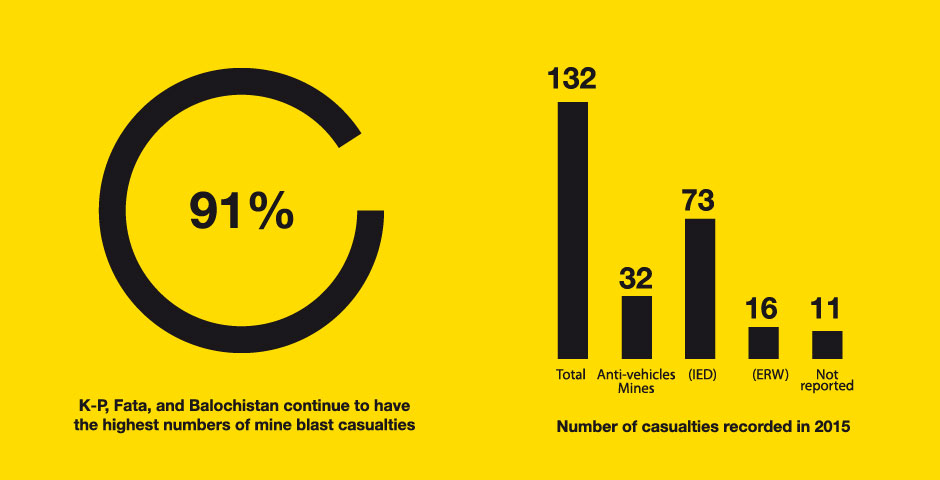
Some 132 mine-related casualties were recorded in 2015, of which 32 were due to antipersonnel mines, 73 from anti-vehicles mines, 16 from victim-activated improvised explosive devices (IED), and 11 from explosive remnants of war (ERW).
One dead in Kohlu landmine explosion
In 2014, this number was 233, with more than half of all casualties (57%) being civilians. Among the civilian casualties were at least 45 children. In 2013, some 219 casualties were recorded, and 569 mine casualties were identified in 2011.
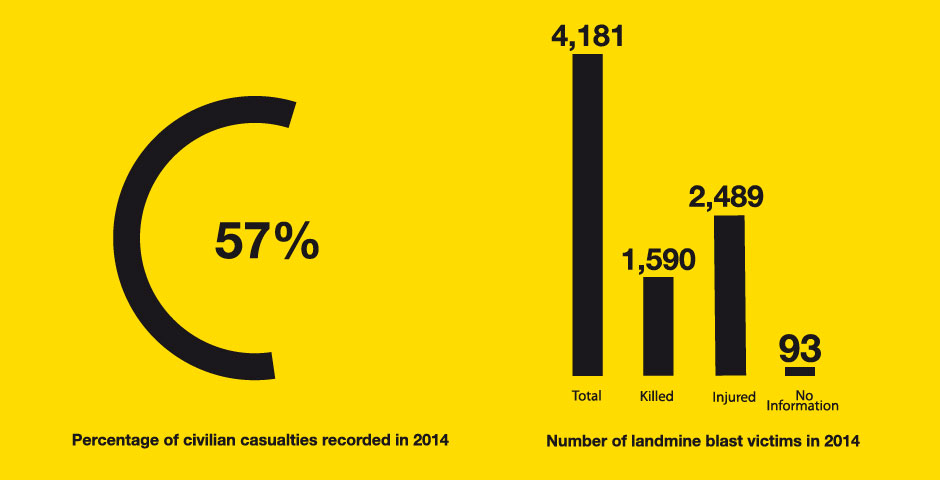
In 2015, a number of child casualties were caused by victim-activated IEDs or booby-traps that resembled toys. The total number of casualties recorded over the years from mines is estimated at 4,181 – some 1,590 killed, 2,498 injured, and 93 where the fate of the victims was unknown.
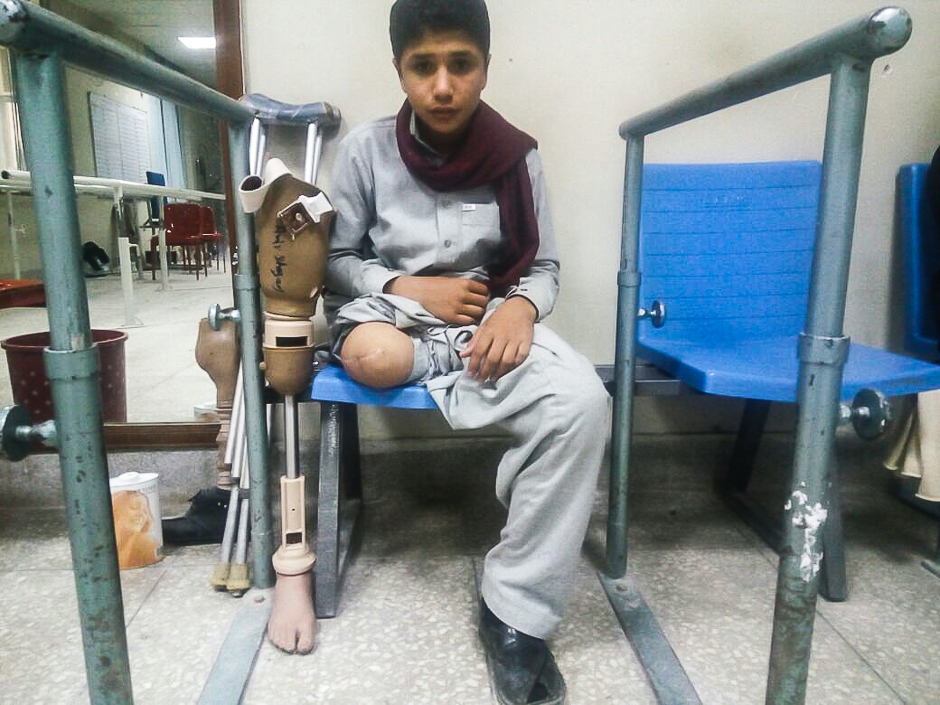
Seizures and destruction of mines and Pakistan narrative
Pakistan is one in a handful of countries that still produces antipersonnel mines. Since 1997, Pakistan Ordnance Factories have produced detectable versions of hand-emplaced blast mines in order to be compliant with the Certain Conventional Weapons (CCW) Amended Protocol.
In 2007, Pakistan reported that it “has also planned incorporation of self-destruct and self-deactivation mechanism in its future production” in order to meet Amended Protocol II requirements.

In November 2015, Pakistan repeated the statement it had made in previous years that it “remains committed to pursue the objectives of a universal and non-discriminatory ban on anti-personnel mines in a manner which takes into account the legitimate defense requirements of States.
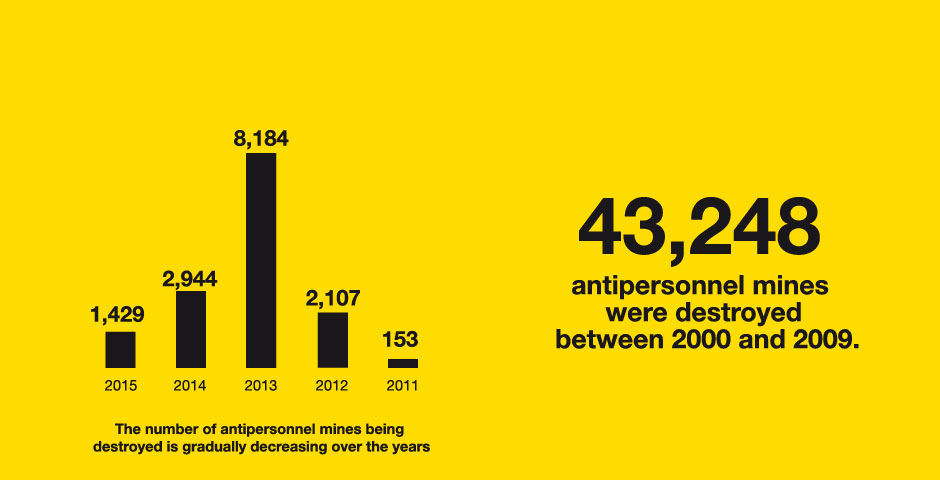
During 2015, Pakistan reported destroying 1,429 antipersonnel mines, all of Pakistani manufacture. Previously, during 2014, Pakistan reported destroying 2,944 antipersonnel mines of Pakistani origin while in 2013, Pakistan destroyed 8,184 antipersonnel mines of Pakistani origin, and in 2012, Pakistan destroyed 2,107 antipersonnel mines of United States, Pakistani, and unknown origin. In 2011, it destroyed 153 antipersonnel mines; in 2010, Pakistan reported that a total of 43,248 antipersonnel mines were destroyed between 2000 and 2009.




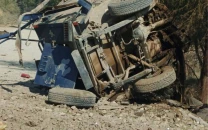














COMMENTS
Comments are moderated and generally will be posted if they are on-topic and not abusive.
For more information, please see our Comments FAQ